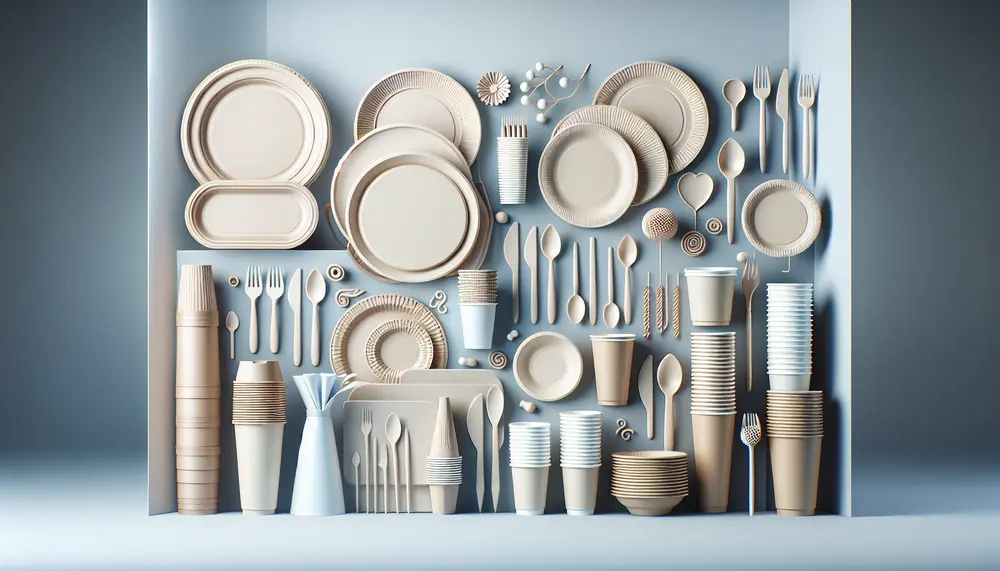Posts on the Topic Compostability
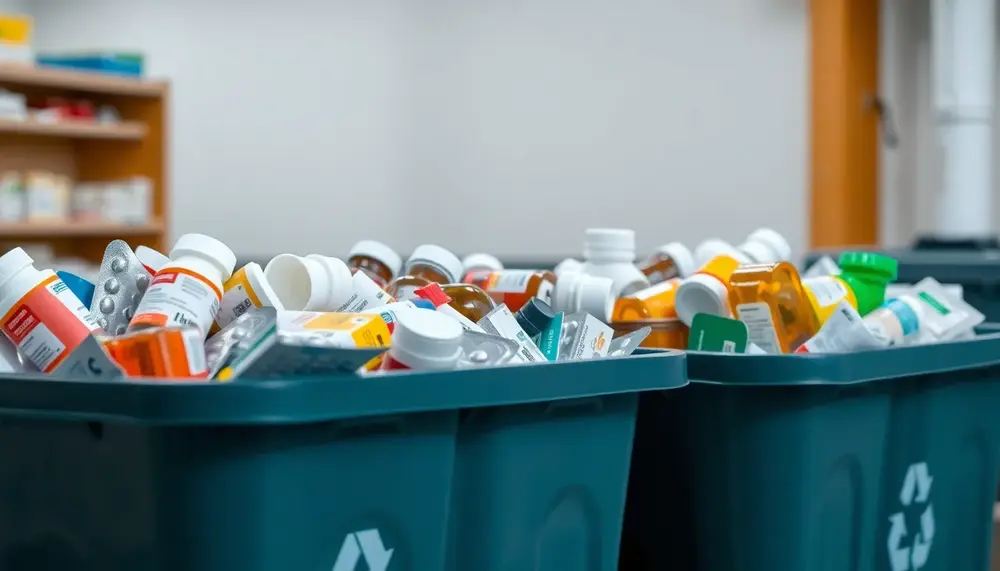
Sustainable pharmaceutical packaging is under urgent scrutiny due to high CO₂ emissions, regulatory pressure, and the need for safe, recyclable solutions. Cutting-edge recycling technologies—like advanced mechanical sorting, chemical depolymerization, carbon capture polymers, bio-based materials, and digital watermarking—are driving a shift...
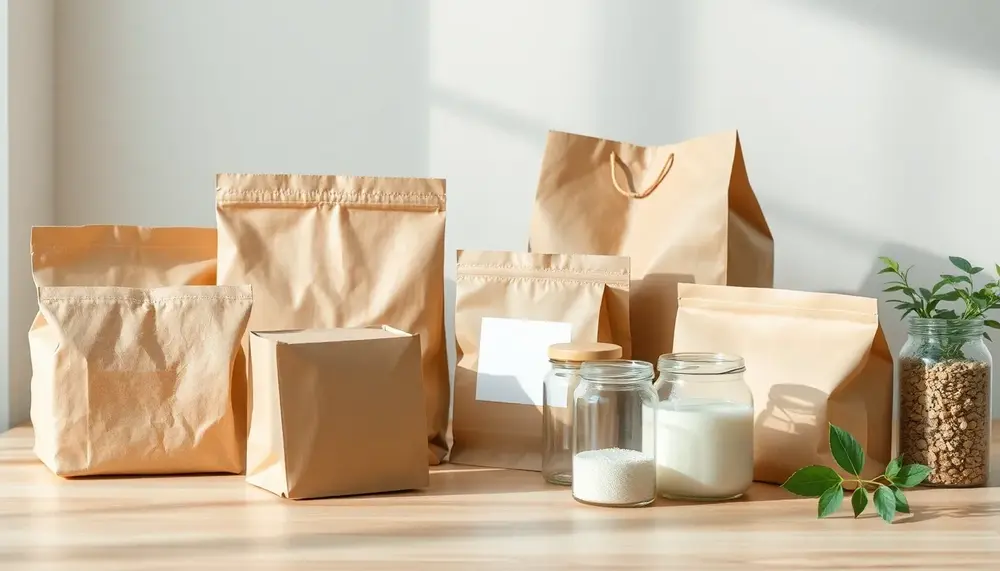
The sustainable packaging industry is rapidly transforming due to environmental concerns, regulatory pressures, and consumer demand, emphasizing recyclability, biodegradability, and reusability. Innovations in materials like bioplastics, fiber-based solutions, edible packaging, and advanced manufacturing processes are reshaping industries such as food...

Service packaging is crucial for protecting goods, enhancing customer convenience, and branding; it's also an opportunity for environmental responsibility. Different materials like plastic, paper, aluminum, glass, bioplastics, and foam are used based on functionality and sustainability considerations....
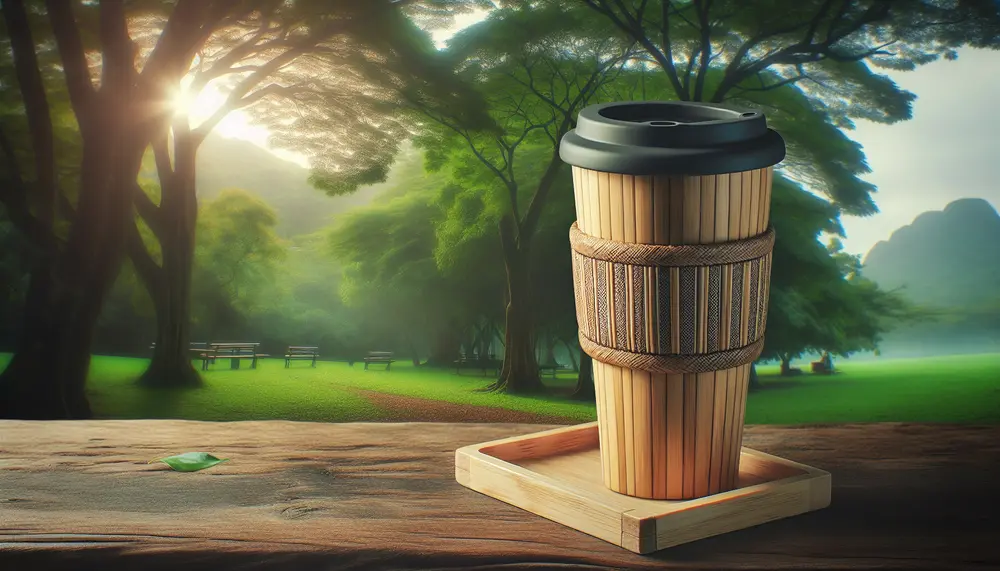
Sustainable coffee cups are designed to be biodegradable, compostable, or recyclable, reducing waste and carbon footprint compared to traditional plastic-lined disposable cups. Innovations in the field include using agricultural waste and plant-based polymers for production, offering environmental benefits despite potential...
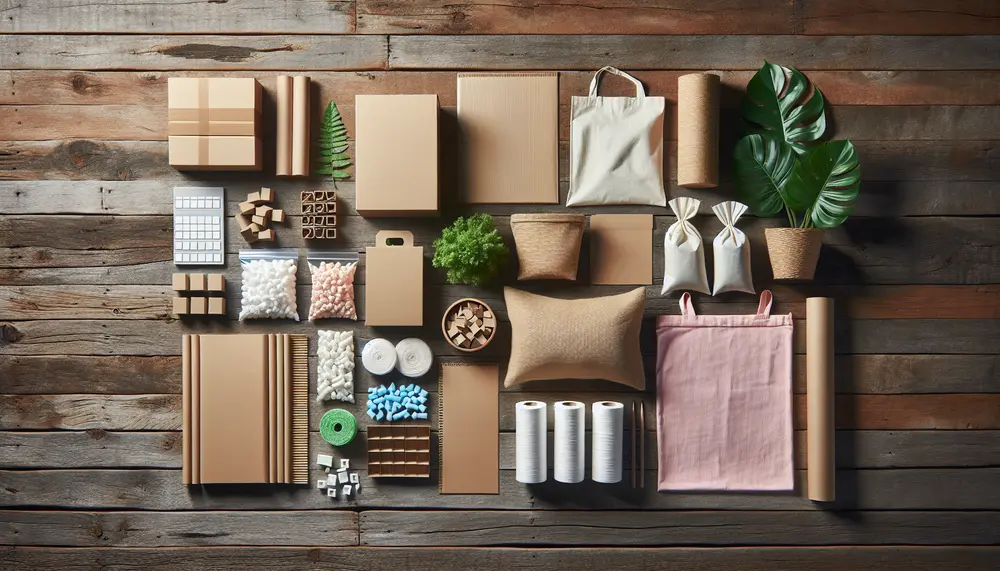
Sustainability in packaging focuses on reducing environmental impact through practices like using biodegradable materials and designing for reusability, aiming to align ecological health with business and consumer needs. Current trends include plant-based materials, minimalist designs, recycled content use, and advanced...
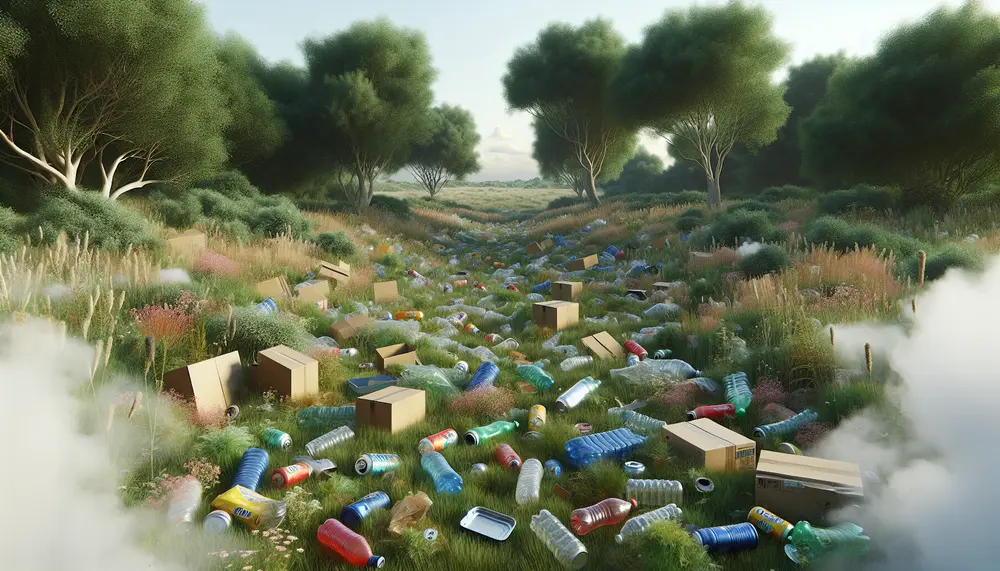
The environmental footprint of packaging is a complex issue involving the entire lifecycle from raw material extraction to disposal, with plastics contributing significantly to global warming and pollution. Strategies for reduction include resource efficiency, recycling technology advancements, renewable materials usage,...

